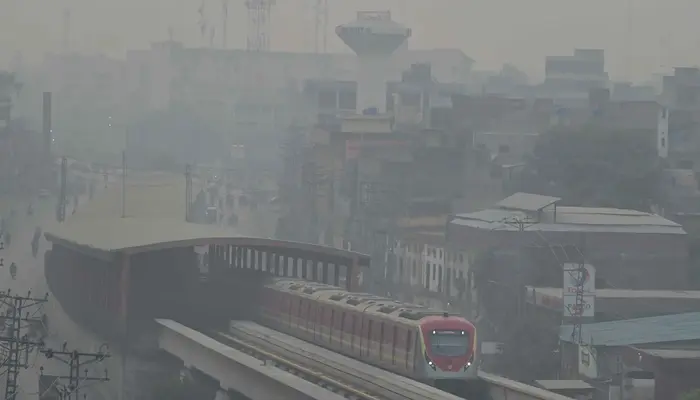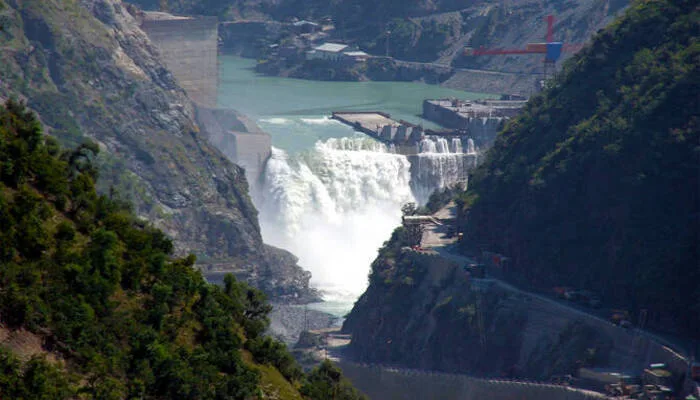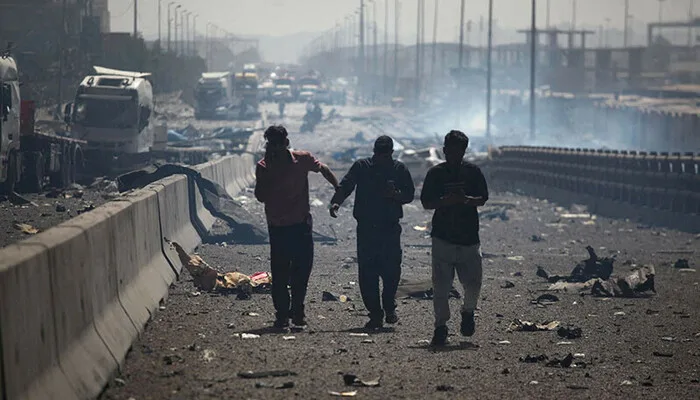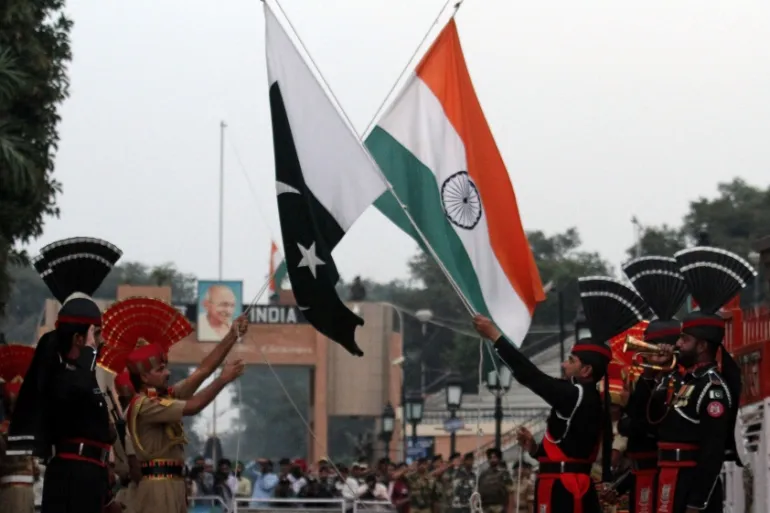
Lahore, Pakistan’s cultural heart, is facing unprecedented air pollution levels, forcing authorities to shut down primary schools and enforce work-from-home mandates. With a record-breaking pollution reading of 1900, Lahore now tops the global list of most polluted cities. The city of 14 million people grapples with hazardous PM 2.5 levels, which hit 450, posing serious health risks to residents.
Extreme Measures to Combat Toxic Smog
In response to the alarming pollution levels, Punjab provincial minister Marriyum Aurangzeb announced school closures for one week and advised parents to ensure children wear protective masks. Furthermore, the government implemented a “green lockdown” strategy, requiring 50% of employees to work remotely and restricting outdoor gatherings. Authorities urge Lahore residents to stay indoors, limit travel, and keep windows shut to reduce exposure to toxic air.
To further mitigate pollution, hospitals have been equipped with smog counters, construction projects are restricted in certain areas, and rickshaw use is limited. Barbecuing food outdoors without air filters has also been banned, and authorities are considering artificial rain as a temporary measure to clear the smog.
Impact on Public Health
The deteriorating air quality in Lahore has led to widespread respiratory issues, primarily affecting children and the elderly. Healthcare facilities have seen a surge in cases related to respiratory ailments since pollution levels began rising last month. In addition to health concerns, smog has impaired visibility across the city, complicating travel and daily activities.
Read: Miftah Ismail Slams Provincial Govts’ Interest in PIA
Enforcement and Public Awareness
The government has increased efforts to control pollution by fining owners of smoke-emitting vehicles and mandating face masks for all residents. Moreover, Lahore’s historical significance as the “city of gardens” has faded as urbanization and rapid population growth have replaced green spaces with concrete structures, leaving little room for trees to absorb pollution. Thus, in a bid to raise awareness, local organizations have launched campaigns to educate citizens about the dangers of smog and the steps they can take to protect themselves.
Efforts for a Cleaner Future
The government’s current measures reflect an urgent need for a sustainable approach to combat pollution in Lahore. With restricted construction, limited vehicle use, and enforced mask-wearing, officials hope to reduce pollution levels and protect the city’s residents from long-term health consequences. Local authorities are also urging citizens to reduce emissions by carpooling and following guidelines to minimize outdoor activities until conditions improve.
The air pollution crisis has reminded residents of Lahore’s bygone era as a city of green gardens, emphasizing the need for greenery and cleaner air in urban areas. As the city faces its worst air quality on record, these emergency measures highlight the importance of sustainable urban planning to secure a healthier future for Lahore and its residents.
Follow us on Google News, Instagram, YouTube, Facebook,Whats App, and TikTok for latest updates












